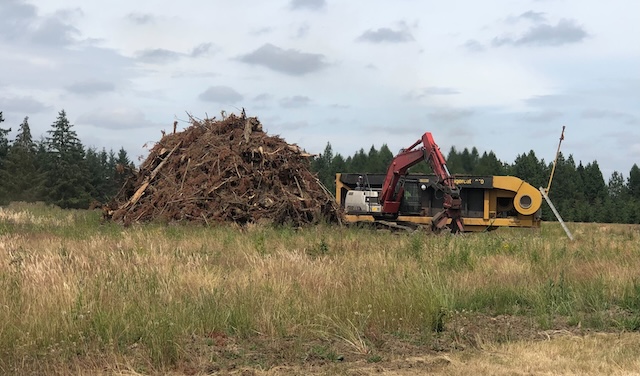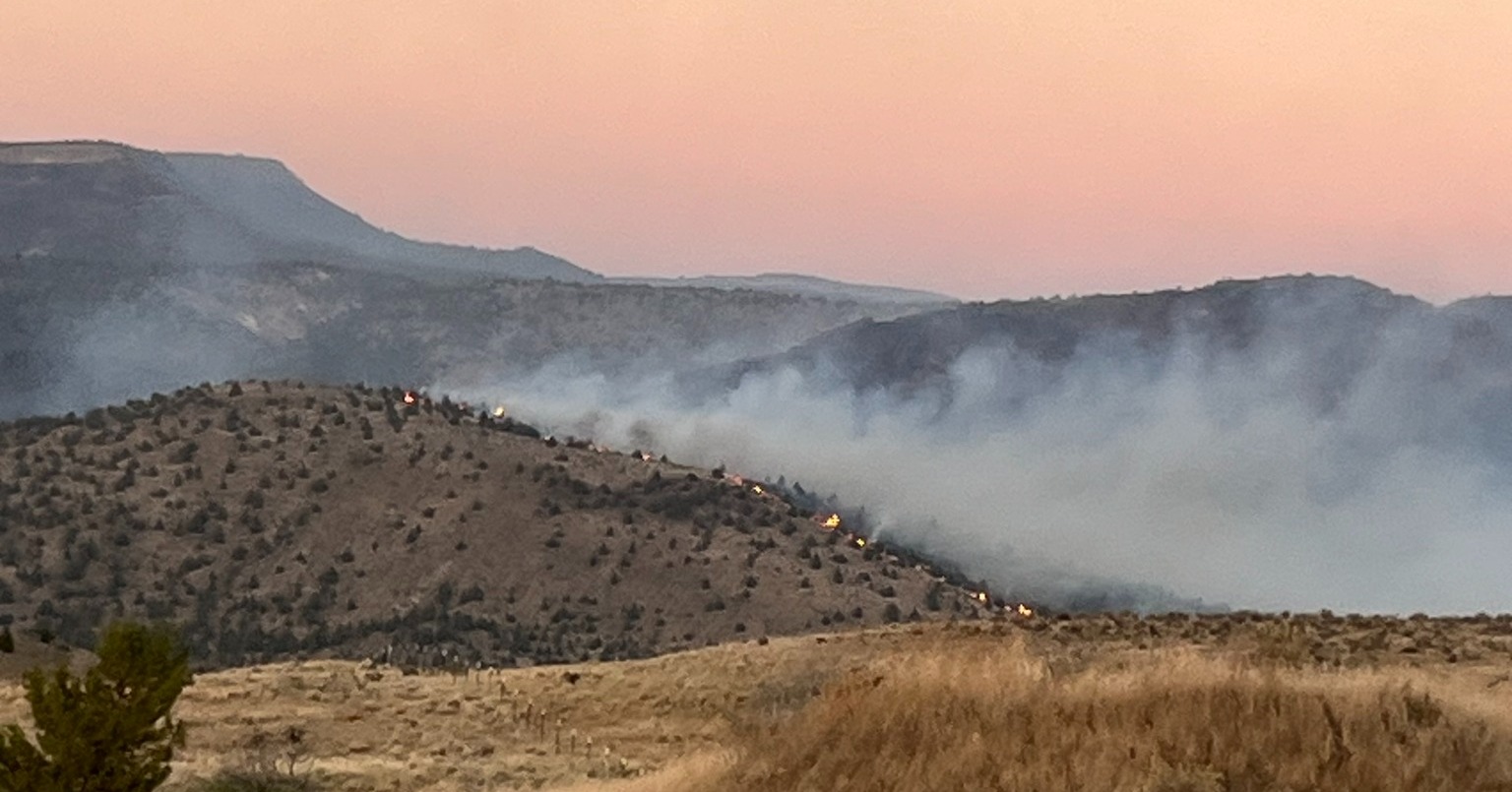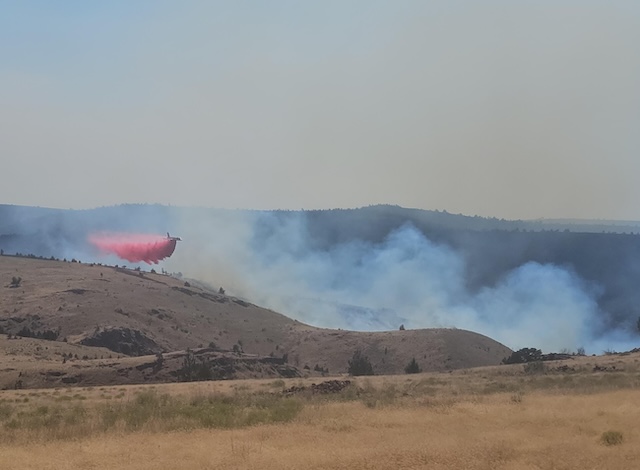710-acre farm parcel near Terrebonne turned into rural residential
Published 4:45 pm Monday, November 21, 2022

- The Deschutes County Commission on Monday rezoned 710 acres of land northwest of Redmond from agricultural to residential use, allowing homes to be built on 10-acre lots.
The Deschutes County Commission rezoned 710 acres of farmland west of Terrebonne on Monday, allowing
the property to be carved up
Trending
into 71 10-acre residential plots.
After a lengthy public hearings process and more than 300 public comments both for and against the proposal to change the land from agricultural use to residential use, the commission voted 2-1 to follow the recommendation of the hearings officer in June.
At the heart of the proposal was whether the land, which is located near NW Coyner Avenue, was viable for agricultural use, but that’s not the only concern among those in opposition.
Some had concerns for traffic impacts to neighboring farms and ranches, groundwater use and wildlife and mule deer migration.
However, the hearings officer decided in April that the soil quality on the land was inadequate for agricultural use.
Commissioners Patti Adair and Tony DeBone were among supporters of the proposed changes.
Trending
They voted in favor of the changes Monday while Commissioner Phil Chang voted against them.
“Speculative rezones like this are driving up the price of land and are making it more difficult for farmers and ranchers to do their agricultural business,” Chang said Monday.
The applicant — 710 Properties, operating on behalf of the landowner Eden Central Properties — seeks the zoning change to allow up to 71 homes across the acreage, or at least 10-acres per individual residential plot.
The company purchased the land in November 2020 and is planning a completely self-sustaining, solar-powered community, according to Mark Stockamp of 710 Properties, which is based in Sisters. There is already one resident living on the land that uses solar power, Stockamp said.
“We need housing of all types right now,” Stockamp said. “We strongly believe every house counts.”
The applicants partnered with four nonprofits who will receive some proceeds from the development.
One of those is Furnish Hope, a Bend-based organization that donates furniture and other home essentials to those in need throughout the tri-county area.
Many have criticized the proposal throughout the hearings and approval process, which began in April.
“We’ve been proactive from the beginning with understanding the science behind our land and what it’s conducive for,” Stockamp said. “Really, what everything has pointed toward is this land has never been farmed, and so what is it more conducive to?”
Per county rules, zoning change applicants are required to conduct a soil quality evaluation and a traffic impact analysis. Stockamp said they wanted to better understand the land before they began any development. In addition to county requirements, the applicants hired a wildfire consultant, a wildlife biologist and other environmental and farming experts to ensure ethical development, Stockamp said.
One of those recruits was Matt Cyrus, a sixth-generation Central Oregonian and the president of the Deschutes County Farm Bureau.
“There’s nothing about that property that is agricultural, quite frankly,” Cyrus said. He raises hay, cattle and industrial hemp in Sisters.
He said the land broken up into 10-acre parcels would be able to produce more agricultural product than a large parcel like 710 acres. Smaller parcels open up the possibility for hobby farms, greenhouses or a few animals, Cyrus said.
Ultimately, it’s poor quality land for cattle grazing, he said.
“Even a cow for grazing is going to have to chase the grass to go find it,” Cyrus said.
Ian Isaacson, co-chair of the Oregon chapter of Backcountry Hunters & Anglers, is concerned with the well-being of mule deer populations that migrate through Central Oregon as seasons change.
“Any little disruption in their patterns can have devastating effects,” Isaacson said.
Any time migration corridors are disrupted, wild animal populations are detrimentally impacted, and fawns, or young deer, are at particular risk, Isaacson said.
While Isaacson said he does not want to see any type of development on this land, this particular flavor of scattered development is worse than higher density residences where open spaces can still be left for wildlife.
Three state agencies — the Department of Land Conservation and Development, the Department of Agriculture and the Department of Fish and Wildlife — opposed the changes in a letter saying the soil evaluations don’t paint the full picture.
Lands like these promote open space, recreation, wild animal habitats and a buffer to protect working farms and forests, the agencies said in the joint letter.
“Remoteness, an absence of basic services and a susceptibility to natural hazards like wildland fire are all reasons why rural areas are not well suited to residential settlement even if they have little value for forestry or agricultural production,” the letter read.
Chang has opposed the proposal since April. He didn’t agree with the way the hearings officer interpreted the situation, he said.








